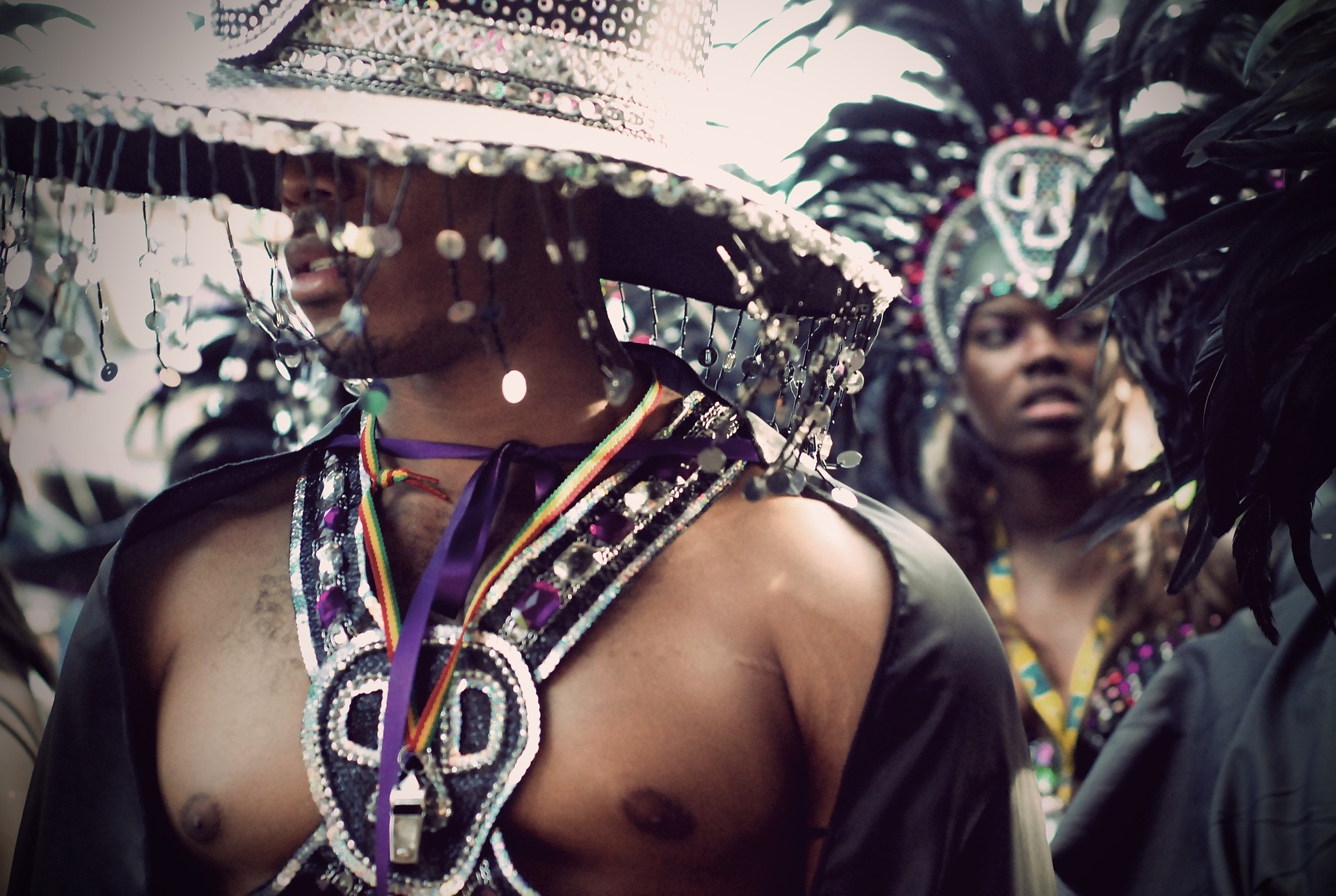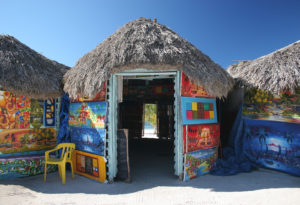
Nanny of the Maroons: A Casualty of Colonialism
Who is Nanny of the Maroons?
Every culture, every place has a history. Of people, their deeds, of the consequences that led to the creation of an identity. “Cultural heritage has always been a pillar of tourism”. It lets us appreciate our travels on a deeper level and spreads awareness that, in turn, helps to sustain it. More and more people are looking to travel for cultural experiences but there are still obstacles in the way.
An inescapable reality is that many countries across the world have had their cultural history obscured, appropriated, or erased. It is very easy to get caught in tourist traps that barely scratch the surface of a destination’s culture or history, especially with places that are still advertised in typical ‘beach, sun, vacation!’ packages.
It is our responsibility as tourists to actively seek out authentic experiences of cultural heritage when travelling. To uncover the true stories, to look past and dismantle cultural biases and misrepresentations, though this is easier said than done. When researching Jamaica, I came across the Maroons and the legendary figure, Nanny of the Maroons, and it’s her story I’ll be exploring.
The Story of Nanny
Nanny is a remarkable figure in the cultural heritage of Jamaica, yet she is a mystery, elusive or unheard of. Most of what we know about her, or think we know, comes from oral tradition. This is a benefit because it has been diligently preserved by the Maroon people to the present day, but the ultimate flaws of oral culture are its susceptibility to tampering, disappearance, and its limited accessibility to people outside of that culture. We are further barred from the truths of her life because we must also get past the biases of racism and colonialism in written accounts. But, the traditional narrative of Nanny’s life goes something like this…
Nanny was born in the Akan region of western Africa – modern Ghana – around 1686 and was later brought to colonial Jamaica. She became a leader of the Windward Maroons, a group of people who had escaped enslavement by first the Spanish and then the British, and helped to free others while fighting back against oppressive British forces. By the 1720s, the Windward Maroons had established a strategically placed settlement known as Nanny Town in the eastern Blue Mountains.
For over a decade, Nanny was an active agent in the fight against the British in a conflict known as the First Maroon War. Although the original Nanny Town was destroyed and abandoned in 1733, the British could not gain the upper hand and signed a treaty with the Leeward (western) Maroons in 1739 and the Windward (eastern) Maroons in 1740. This narrative is simplified, open to interpretation and much is unclear.




